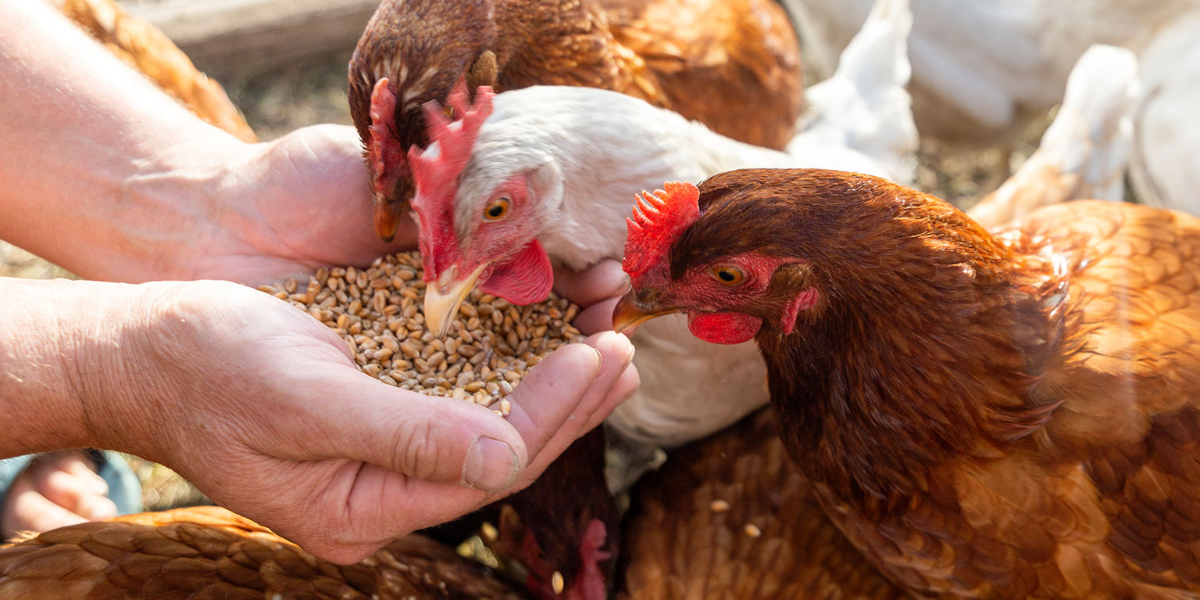The NSW Department of Primary Industries and Regional Development (DPIRD) is encouraging everyone to be alert to signs of avian influenza in commercial and domestic poultry, and wildlife.
Australia remains free from the H5N1 strain that is causing concern globally. There is a risk the disease may be introduced by wild birds that migrate to Australia. This is a year-round threat that increases during spring.
“Australia remains free from the H5N1 strain of avian influenza, but if it were to arrive (via migratory birds) it could have a devastating impact on our poultry industries and unique wildlife.” said NSW DPIRD Chief Veterinary Officer Dr Jo Coombe.
“Biosecurity is everyone’s responsibility. Simple actions, such as reporting unusual deaths and keeping poultry separated from wild birds, help to protect our environment, industries and communities.”
NSW has comprehensive preparedness and response plans for H5 avian influenza (also referred to as H5 bird flu) which are aligned with the Australian Veterinary Emergency Plan (AUSVETPLAN) strategy.
The H5N1 strain could have devastating impacts on the state’s poultry industry, and flow on to food supply.
It also poses a risk to our wildlife, as the H5 strain causes illness and mortality in wild bird species, and some mammals, particularly marine mammals.
Humans can be infected with avian influenza, however, the risk to the public from H5 bird flu is expected to be very low. The majority of reported human cases have involved close contact with infected birds.
Signs of avian influenza in poultry and wildlife inlcude:
- – Sudden deaths
- – Coughing/sneezing
- – Swelling around the head or eyes
- – Birds with abnormal posture or balance
- – A drop in egg production in poultry
If you see any unusual sickness or deaths in your poultry flock, or wildlife, contact you local vet, Local Land Services, or call or the Emergency Animal Disease Hotline on 1800 675 888.
It’s important to prevent direct contact between wild birds and domestic poultry, their feed and water sources and bedding material. Additional biosecurity measures include ensuring housing areas, feeders and water containers are kept clean, and storing feed safely to avoid contamination. New birds should be quarantined for at least 30 days before allowing contact with your existing poultry flock.
NSW recently secured $2.18 million in Australian Government funding to strengthen our preparedness, which is allowing the state to invest in critical response equipment and activities.
The NSW Department of Climate Change, Energy, the Environment and Water (DCCEEW) is working to minimise the impact of H5 on native wildlife, with plans to support and protect our threatened and endangered species.
The H7 strains of avian influenza have previously impacted the NSW commercial poultry industry but were successfully managed through rapid emergency response action.
For more information on avian influenza visit: www.dpi.nsw.gov.au/dpi/biosecurity/animal-biosecurity/avian-influenza.
Don’t miss any of the important stories from around the region. Subscribe to our email list.

